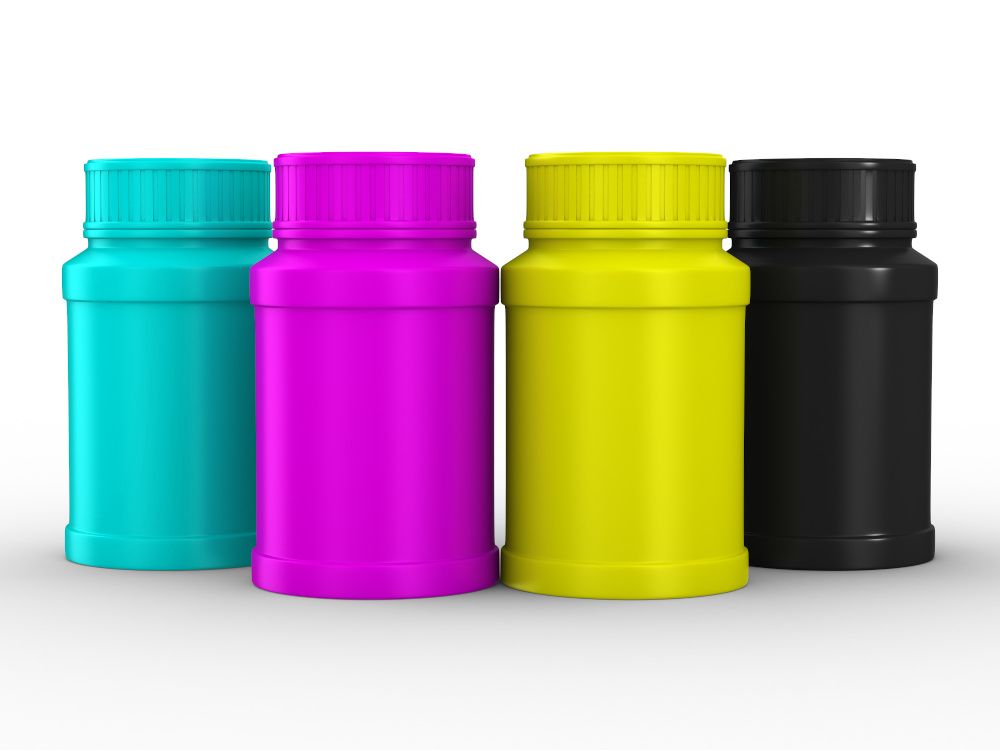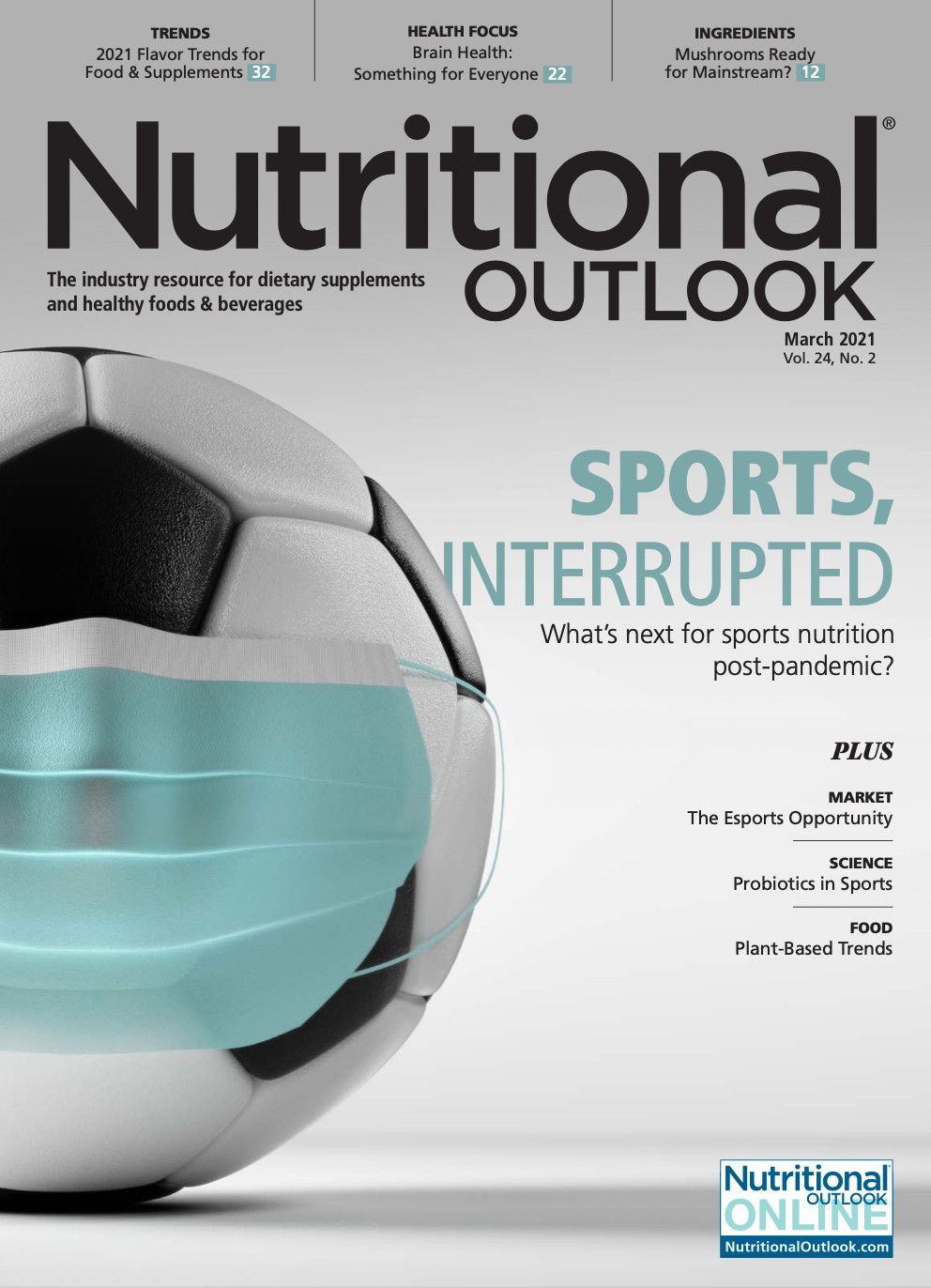Dietary supplements: The Great Packaging Shortage
When will COVID-related packaging supplies for dietary supplements return to normal?
Photo © Sergey Ilin - Stock.adobe.com

Supplement industry professionals—not to mention the sector’s loyal consumers—know that it’s what’s inside the bottle, jar, pouch, or stick pack that counts. But that’s not to say that external packaging is immaterial.
In fact, when significant packaging material shortages hit the industry last spring—adding further insult to the many COVID-related supply-chain injuries of 2020—they reminded everyone, from packaging suppliers and distributors to contract manufacturers and supplement brands, just how important what’s on the outside is to keeping the product within safe and effective for its users.
In so doing, the shortages also forced industry actors to pivot their packaging plans—and fast.
Almost a year later, with packaging supplies still in mid-repair, brands and their partners are doing their best amidst continuing unpredictability. And they’re learning that—like a well-crafted sachet of protein powder—being flexible is an asset.
Hurry Up and Wait
Jeo Montoya, director, supply chain management, Lief Labs (Valencia, CA), knew something was up in the packaging space when, almost immediately after the COVID-19 wave hit U.S. shores, lead times on packaging components started stretching into the distance.
And he means way into the distance—from 12 to 15 weeks early in the crisis to as many as 20 to 30 weeks as the pandemic progressed. “Which was unprecedented,” Montoya recalls. “And these were for common stock items”—lids, jars, round packers, films, label stock—“and not just specialty components. So that had quite an impact on us as a contract manufacturer.”
Though the word he got from packaging producers was that investments into expanded production capacity were underway—with the goal being a semblance of normalcy by year’s end—“what I learned from several contacts was that because of the pandemic, the equipment needed to ramp up production was itself delayed, creating additional backlogs.”
Not Created Equal
While the gut reaction in such a scenario might be to embrace any packaging option still available, if for no other reason than to get product off the line and out the door, savvy operators know that wasn’t an option. Because supplement packaging is about far more than keeping a product under wraps.
For one, supplement ingredients are often delicate compounds liable to degrade when exposed to factors like heat, moisture, light, air, and all manner of contaminants. But beyond that, a product’s package is the first element consumers see, and that first impression matters, even to regular users.
“If you have a longstanding, highly recognized brand that consumers are used to seeing, you usually don’t want to change its look,” Montoya notes. Even a change in lid color can put a consumer off balance.
Or consider labeling: “A label’s dimensions are very specific to the panel for that particular jar or bottle,” Montoya continues. “So if you have to change the jar or bottle, it may look out of proportion to what consumers are used to.”
Notes Don Earl, president, Overnight Labels (Deer Park, NY), “In addition to branding, when packaging changes you need to run stability tests again, which can take months.”
For example, when switching from an HDPE round packer with a foil seal to a PET bottle, a change in altitude or other environmental factors could affect the seal, and also cause implosion, Montoya notes.
Packaging changes can also translate into production inefficiencies that affect flow of output, or might make the same quantity of pills or powder look shockingly small if packed into a slightly larger round packer or jar. “Consumers see a bottle that’s half empty rather than full,” Montoya points out. “So cosmetics matter.”
How We Got Here
All of which makes it incumbent upon industry to grasp how we got into this pickle so that the next time a global pandemic strikes, we’ll have best practices in place to manage any effects on packaging, among other things.
So: How did we get here?
Perhaps most strikingly, COVID-19 catalyzed an unanticipated spike in supplement use that was, to put it mildly, robust. As reported last August in the Financial Times1, U.S. dietary supplement sales were up 16.7% vis-à-vis the previous year for the four weeks ending July 11, 2020, with sales rising as much as 51.2% in March, per Nielsen data.
The subtext is that demand coming from “out of nowhere” strained packaging supplies and production capacity and “definitely created some delays,” Montoya says.
Another factor in the shortages: diverted production. Early on, manufacturers of bottles and round packers dedicated capacity to filling the need for sanitizer containers. “Everyone was pushing to support demand in other markets,” Montoya notes, and heroically so. But the gap those efforts opened still leaves other packaging users in a lurch.
Unexpected and repeated production-plant closures—sometimes for as long as two weeks, Montoya notes—crimped packaging supplies, as well.
“And for us,” Earl says, “the biggest hindrance was logistics. Not being able to count on our major carriers became a huge problem. The bright spot was our local delivery firms. They were stars and really contributed to our success during the toughest days.”
Bring It On Home
But as far as Earl is concerned, the real culprit for the packaging shortages didn’t begin with the emergence of SARS-CoV-2. “This was a problem 40 years in the making,” he says.
Why? “For decades,” he contends, “many in the North American packaging industry prioritized cheaply made materials produced overseas over quality and reliability. No one seemed to think through the domino effect this would have on domestic jobs, the GDP, and—yes—supply chains.”
In his opinion, that explains why the packaging shortages hit suppliers reliant on overseas sources the most. “Many feel that the problem happened when Asian factories shut down when the pandemic hit them,” he says.
Overnight Labels, however, fared much better because “we’ve only ever purchased domestically sourced material, even if we’ve had to pay a little more for it,” Earl declares. “In the wake of a global pandemic, this turned out to be a fortuitous decision. COVID-19 exposed a lot of these issues, and hopefully people will think through the ramifications when they make future procurement decisions.”
Better Luck Next Time
That’s certainly one lesson industry may take going forward. But there are plenty of other workarounds that packaging makers and purchasers are already putting in place to make the best of the current, still-not-optimal situation.
One such workaround is flexibility—in several senses of the word. Montoya notes that customers’ willingness to remain flexible has been instrumental to getting through the crisis. “When we had a specific component that we needed to procure and knew it would face those massive 20-week-plus delays, we’d offer our customers a different option,” he says.
So maybe a brand could use a smooth rather than ribbed lid, or opt for bags or other flexible—there’s that word again—packaging for, say, powdered products.
Earl noticed more brands moving to flexible packaging, as well. “While it’s been popular with many of our food, personal-care, or beauty clients, our supplement customers made the switch out of necessity,” he says. But he cautions brands to consult suppliers to determine the right combination of barrier foils and films, sealant layers, and tie layers before making the shift.
Montoya adds that the shortages forced his company to “cast a wider net” in defining its vendor network. “We couldn’t work just with our traditional vendors or those we had qualified at the time,” he notes. While maintaining strict qualification processes, he says, “We started working with as many manufacturers and distributors as we could find.”
And both Montoya and Earl advise distributors and manufacturers to start keeping “safety-stock” inventories of certain critical packaging components on hand at all times for emergencies just like this.
True, doing so means taking a “leap of faith,” Montoya says, “because you’re bringing in product to sit in your warehouse and take up space and cost. But if your top customers have been with you for a while and you want to continue offering them good service, then consider those types of strategies.”
That’s right in line with Overnight Labels’ strategy. “Even before COVID, we always doubled our material orders, just in case,” Earl says. “Our philosophy is that we’d rather have too much inventory and a tighter cash flow than not have enough and hurt our customers. I believe many suppliers are now following this model.”
Rocky Roads
And with good reason, as last year’s packaging shortfalls aren’t yet in the rearview mirror.
Even with production increasing to meet demand, Montoya says, “We’re still trying to catch up. And we’re still not there yet. We’re still experiencing massive delays.”
On the bright side, at least that reflects continued demand for supplement products. January was Lief Labs’ biggest month out of the past several in terms of orders, Montoya notes.
But “if that’s an indicator of what’s to come,” he continues, “demand will match last year and sustain growth, which will continue to challenge the component side.”
That said, he and his colleagues are hoping for the tide to start turning by midyear. “But the reality is that we’re preparing for continued challenges through the end of the year, just to be safe,” he says. “We’re optimistic, but we’re going to keep planning and being as strategic as possible.”
Supplement brands should do the same, he continues. “Communicate with your manufacturer,” he says. “Think of them as your partner. I know delays can be frustrating, but having a partnership with clear communication between you and your co-man is key because the goal for both of you is to get product out.”
After all, Earl says, “Our industry faces a huge opportunity. Millions of new consumers have been exposed to the benefits of supplements, and because U.S. nutraceutical manufacturing is considered the gold standard, the export side of the business is booming, too. Prioritizing quality products sourced and made domestically is a game changer not only for stronger supply chains but as a means to help the U.S. economy and get people back to work.”
Reference
- Evans J. “Rise in vitamin sales during pandemic a tonic for consumer goods groups.” Financial Times. Published online August 16, 2020.
